Ophthalmology
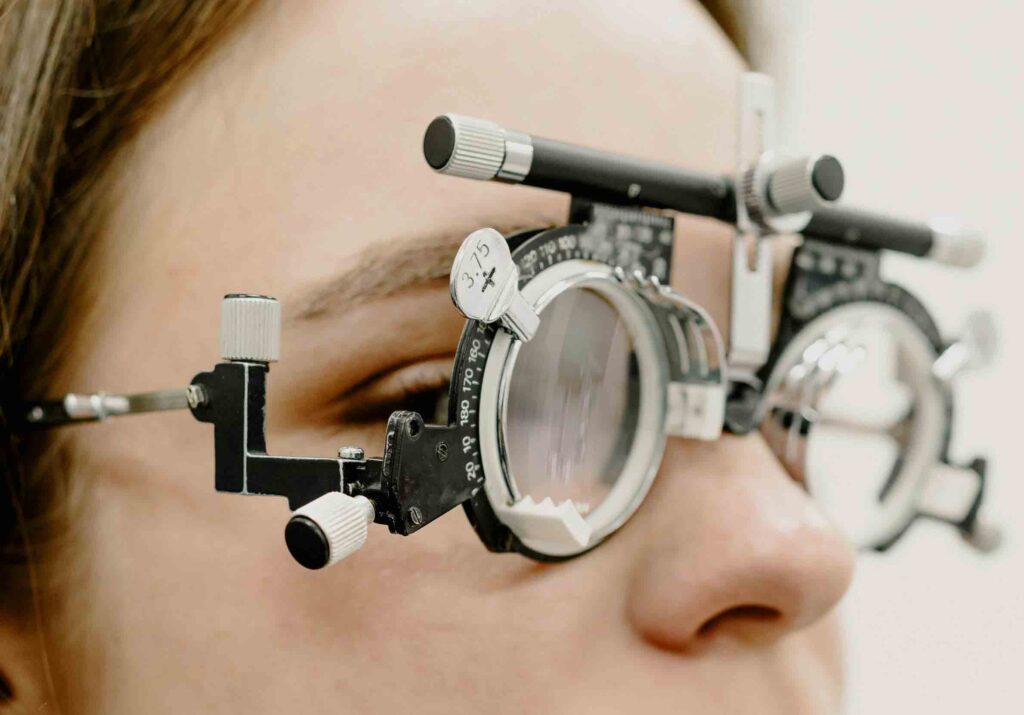
Ophthalmology is a branch of medicine dedicated to the diagnosis and treatment of eye disorders. Ophthalmologists are trained to provide comprehensive eye care, from prescribing glasses to performing delicate eye surgeries. Advanced technologies like LASIK and cataract surgery have revolutionized ophthalmic practices, allowing for precise corrections of vision impairments. Regular eye exams by ophthalmologists are crucial for maintaining good vision and detecting potential eye diseases early.
ENT

ENT, short for Ear, Nose, and Throat, is a medical specialty focused on diagnosing and treating disorders related to the head and neck region. ENT physicians, also known as otolaryngologists, are skilled in managing conditions ranging from hearing loss and sinus infections to throat cancer and facial trauma. They perform procedures such as tonsillectomies, septoplasties, and tympanoplasties to address various ENT issues.
Thyroid

Thyroid disease encompasses a range of conditions that affect the thyroid gland’s function, leading to either overactivity or underactivity. Common thyroid disorders include hypothyroidism, where the gland produces insufficient hormones, and hyperthyroidism, characterized by excessive hormone production. These conditions can manifest with symptoms like fatigue, weight fluctuations, and mood changes, impacting overall well-being.
General Surgery

dont succumb to the diseaceout of fear of surgery. General surgery is a broad medical specialty encompassing various surgical procedures on the abdomen, digestive tract, and other major organs. Surgeons specializing in general surgery are trained to perform operations ranging from appendectomies to complex gastrointestinal surgeries. This field often requires precise techniques and keen diagnostic skills to address diverse conditions such as hernias, gallbladder issues, and stomach disorders. General surgeons play a crucial role in providing both elective and emergency surgical care to patients of all ages.
General Clinic

A general clinic serves as a primary point of contact for individuals seeking routine medical care and preventive services. These clinics typically offer a wide range of services, including general check-ups, vaccinations, and minor procedures. Patients often visit general clinics for common ailments such as colds, flu, and minor injuries, receiving timely diagnosis and treatment from primary care physicians or nurse practitioners. Additionally, general clinics may provide health education and referrals to specialists for more complex medical issues, promoting overall wellness within the community.
Dermatology
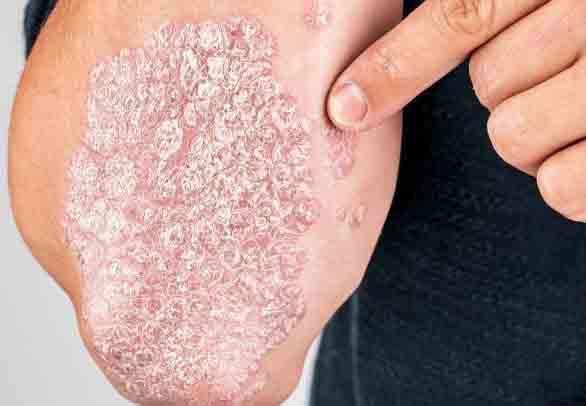
Dermatology focuses on the diagnosis and treatment of disorders related to the skin, hair, and nails. Dermatologists are specialized physicians trained to address a wide range of conditions, including acne, eczema, skin cancer, and fungal infections. Through various diagnostic techniques such as biopsies and skin examinations, dermatologists provide personalized treatment plans tailored to each patient’s needs. Additionally, dermatology encompasses cosmetic procedures aimed at enhancing skin appearance, such as botox injections, chemical peels, and laser therapy.
Piles fissure, fistula pilonidal sinus

Piles, fissures, fistulas, and pilonidal sinuses are common conditions affecting the anal and perianal regions. Piles, also known as hemorrhoids, are swollen blood vessels in the rectum or anus, causing discomfort, itching, and bleeding during bowel movements. Fissures are small tears in the lining of the anus, leading to pain, bleeding, and sometimes itching.
Varicose vein
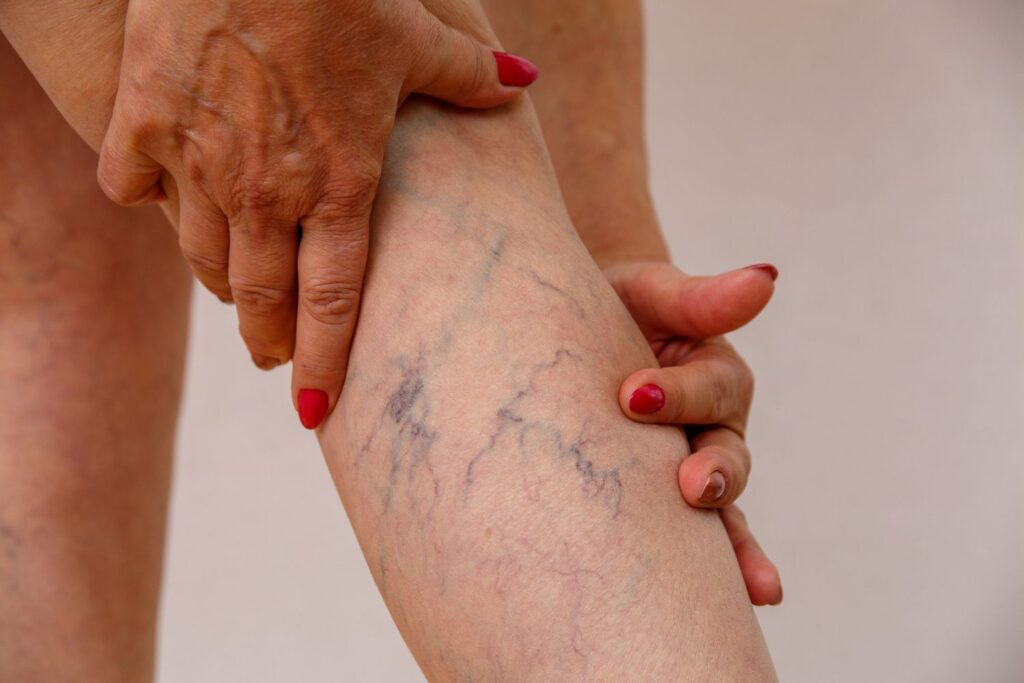
Varicose veins are enlarged, twisted veins that commonly appear on the legs and feet due to weakened or damaged vein walls and valves. This condition often results in visible bulging veins, discomfort, and aching sensations, particularly after prolonged standing or sitting. Risk factors for varicose veins include genetics, age, obesity, and pregnancy.
Hydrocele

Hydrocele is a common condition in males characterized by the accumulation of fluid around the testicle, leading to swelling in the scrotum. While it typically causes no pain, discomfort, or complications, large hydroceles may warrant medical intervention to alleviate symptoms or prevent complications such as infection. Circumcision is a surgical procedure involving the removal of the foreskin covering the tip of the penis.
Llipoma

A lipoma is a benign tumor made up of fat tissue, typically found just below the skin. They often feel soft and doughy to the touch and are usually movable under the skin. While lipomas are generally harmless and don’t require treatment, they can sometimes grow large enough to cause discomfort or interfere with movement. Surgical removal is an option for those bothered by their size or location.
Ulcer treatment

Ulcer treatment varies depending on the type and severity of the ulcer. For example, peptic ulcers caused by H. pylori bacteria may require antibiotics along with acid-suppressing medications. Meanwhile, pressure ulcers often necessitate relieving pressure on the affected area, keeping it clean, and using specialized dressings to promote healing. In
Apentix
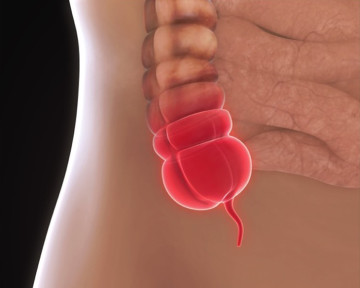
Apentix treatment revolutionizes neurological therapy by seamlessly integrating cutting-edge technology with personalized care. Through advanced neural stimulation techniques and tailored rehabilitation programs, Apentix targets specific brain regions to enhance cognitive function and motor skills.
Sebaceous

Sebaceous glands play a crucial role in maintaining healthy skin, secreting oils that moisturize and protect the epidermis. Located throughout the body, these glands produce sebum, a natural lubricant that prevents dehydration and defends against harmful microbes. However, overactivity of sebaceous glands can lead to conditions like acne, characterized by excess oil production and clogged pores. Proper skincare routines and targeted treatments can help regulate sebum production, promoting balanced, clear skin and reducing the risk of skin disorders.
kidney stone

Kidney stones, formed from crystallized minerals in the urine, can cause excruciating pain as they travel through the urinary tract. Treatment options vary depending on the size and composition of the stone, ranging from pain management and hydration to medical intervention or surgical procedures such as lithotripsy to break up larger stones. Dietary changes and lifestyle adjustments may also be recommended to prevent recurrence, including increased water intake and reduced consumption of certain foods high in oxalates or salts. Early diagnosis and prompt treatment are crucial to alleviate symptoms, prevent complications, and improve the overall quality of life for individuals affected by kidney stones.
Circumcisiom
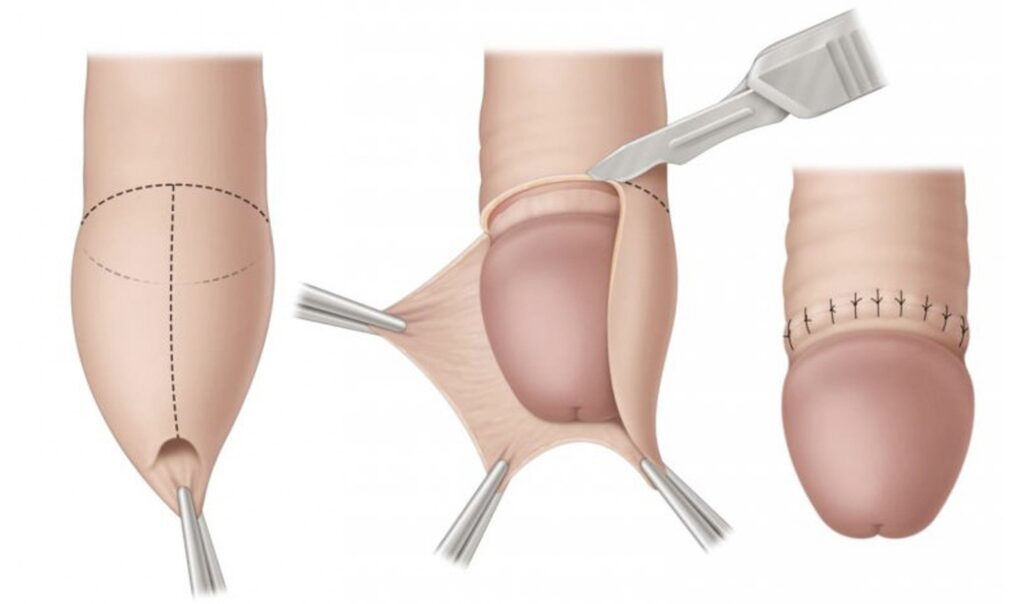
Circumcision itself is not a treatment but rather a surgical procedure performed for various reasons, such as cultural, religious, or medical considerations. In cases where circumcision is deemed necessary for medical reasons, such as recurrent infections or conditions like phimosis, the procedure aims to alleviate symptoms and improve overall genital health. Typically, the treatment involves the surgical removal of the foreskin under sterile conditions, either in infancy or later in life depending on the circumstances and preferences of the individual or their parents. While the decision to undergo circumcision can be complex and multifaceted, medical professionals strive to ensure that the procedure is carried out safely and with appropriate consideration for the patient’s health and well-being.
